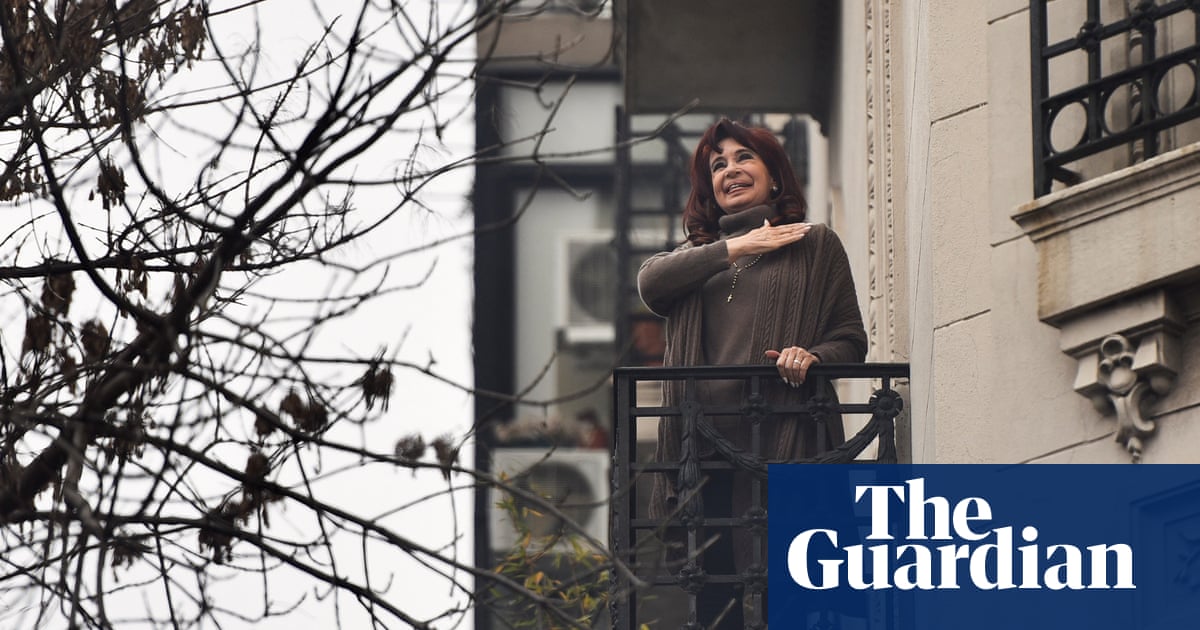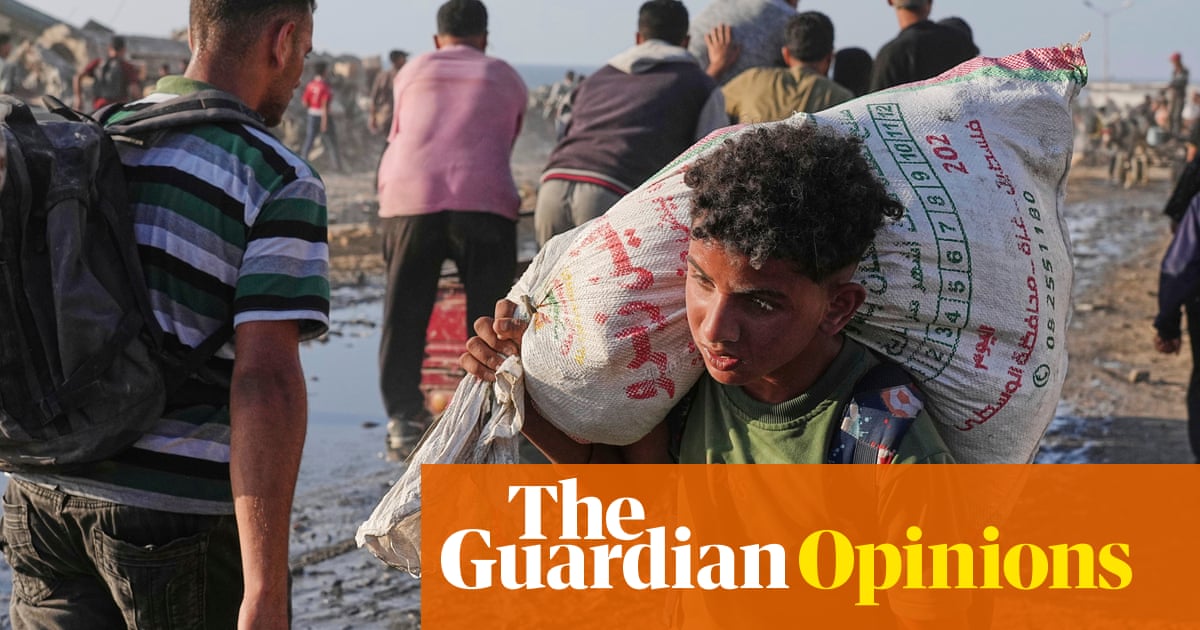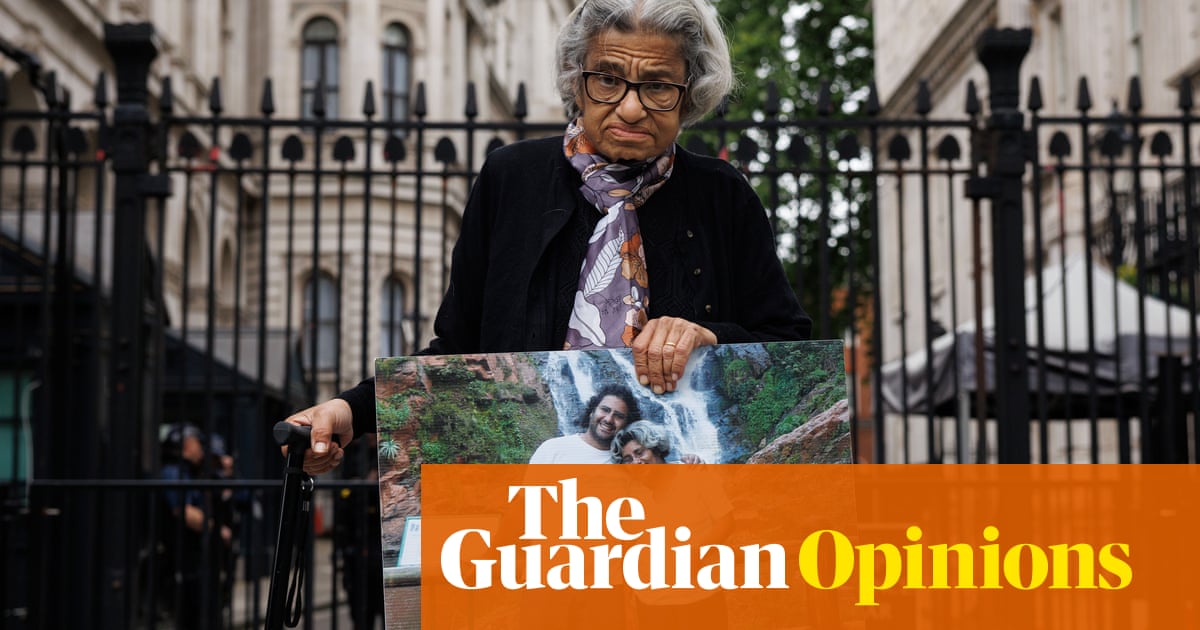As Farhad* and his friends left Tehran, they had plenty of time to survey the destruction. Smoke billowed from rooftops and flames flickered behind them as they inched their way through miles-long traffic to escape Israel’s bombardment of Iran’s capital city.
Despite leaving early on Tuesday morning, it took Farhad six hours to reach his ancestral village, a journey that usually would take no more than two-and-a-half hours.
“Young children, elderly and sick grandparents, you found everyone stuck on the roads,” Farhad, a 22-year-old student at a university in Tehran, told the Guardian via text.
Another Tehran resident, described a 10-hour journey fraught with worry as Israeli jets flew overhead.
“All the way while I was stuck in traffic we were fearing what if the strikes hit us on the highway? What if there are secret storage facilities around us? The fear of not knowing created a lot of anxiety,” said Mina*, 24, a finance professional in Tehran.
They were some of the thousands of Tehran residents who have fled since Israel launched hundreds of airstrikes on Iran early on Friday morning, which it said was aimed at preventing Iran from obtaining a nuclear weapon.
Iran responded by launching a barrage of ballistic missiles and drones at Israel in a steadily escalating tit-for-tat war, which has entered its fifth day.
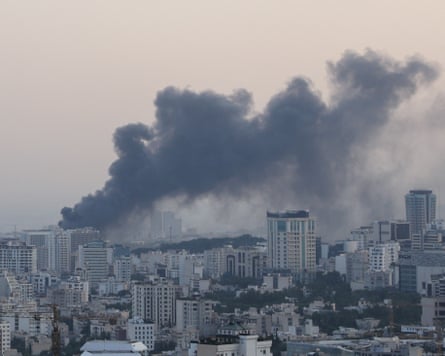
Unlike Israel, which was well prepared for Iranian ballistic missiles, Tehran has no dedicated bomb shelters. City authorities opened the metro as an ad hoc shelter on Sunday and instructed other people to head to mosques – though it was unclear what protection, if any, the above-ground shelters could offer.
Farhad, like many other residents, was loth to leave his home. The young international relations major had just scored a part-time job that he hoped would boost his applications to universities in Europe.
But when a huge blast went off as he was shopping in the Sattar Khan traditional market, and his father’s friend was injured in the Israeli strike on Iran’s state broadcaster on Monday, he knew he had no choice but to leave.
“I am shattered for my friend. I am feeling useless and helpless. I don’t know how much more we can take from the news, it’s all escalating so quickly,” Farhad said.
A resident of Tehran who stayed behind estimated that “more than half” of the city’s population had left, an estimate the Guardian could not verify. “Tehran is in a state of semi-shutdown. You can say only banks and municipalities are open. Food supplies are running low, the market is almost shut down and Tehran is almost evacuated,” said Akram*, who was still in the city.
He added that petrol stations were limiting customers to 10 litres a day, creating long fuel queues.
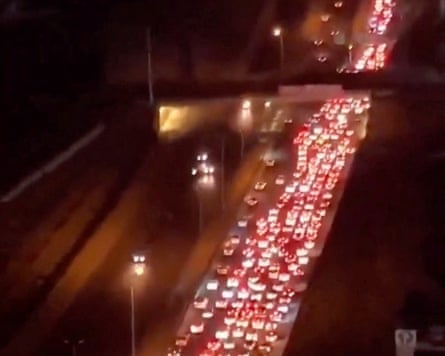
On Monday, Israel issued evacuation orders to residents of a large part of Tehran, warning them that “military infrastructure” would soon be bombed there. The message, issued via the social media platform X, resembled similar alerts issued by the Israeli military in Gaza, Lebanon and Yemen.
X is officially banned in Iran and the Iranian government has been throttling internet access since Israeli attacks began on Friday, preventing many Iranians from seeing the evacuation orders.
Donald Trump later urged everyone to immediately evacuate Tehran in a post on Truth Social, his social media platform.
Human rights experts criticised the evacuation orders, which they said were overly vague and seemed designed to promote displacement.
“The most ‘specific’ evacuation order we have seen in Iran is 300,000 people. That’s a massive, massive order. You cannot just order 300,000 people to leave without giving specific routes to leave,” said Hussein Baoumi, the deputy regional director for the Middle East and north Africa at Amnesty International.
“The evacuation orders seem to be following the same pattern as in Lebanon and Gaza, where they really seem aimed at causing confusion and panic, rather than offering protection to civilians,” Baoumi added.
Not all residents of Tehran could flee. The war with Israel comes during Iran’s worst economic crisis in decades and some lacked the means to travel out of the city.
“There are three kinds of people that are still in Tehran: those who have no place to go; those who have no money to leave; and medium-level government staff whose leave request was rejected by the government,” said Sadia*, a woman in her 40s who was still in the city.
Activists also raised the alarm about Evin prison, which sits on the edge of the area specified by Israel’s evacuation order. It is filled with political prisoners and female protesters detained in the 2022 Woman, Life, Freedom protests, as well as ordinary offenders and has not been evacuated.
“My dad is in prison! Can you tell me how he is supposed to evacuate Tehran!? Can you tell me? What do you mean he should evacuate Tehran!?” Mehraveh Khandan, whose father, the Iranian human rights activist Reza Khandan, is detained in Evin prison, said in an Instagram post.
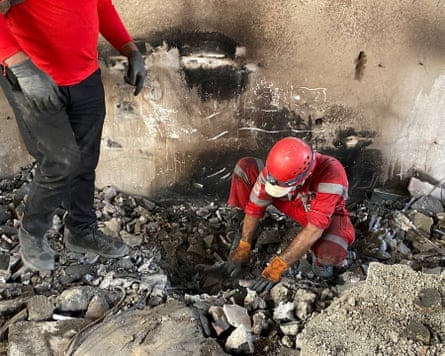
Despite a diplomatic flurry to stop fighting between Iran and Israel, there was no sign of a ceasefire on Tuesday night. Israeli airstrikes killed at least 225 people and wounded at least 1,400, while Iranian missiles killed at least 24 in Israel and wounded about 600.
The continued fighting left displaced residents of Tehran in limbo, as they worried about those left behind and that their own exile would be prolonged.
“From here, I see the images of my beautiful home city being destroyed. I haven’t brought much with me, just enough to survive. My entire heart and soul is in Tehran. I only brought hope with me,” Mina said.

 4 hours ago
2
4 hours ago
2







